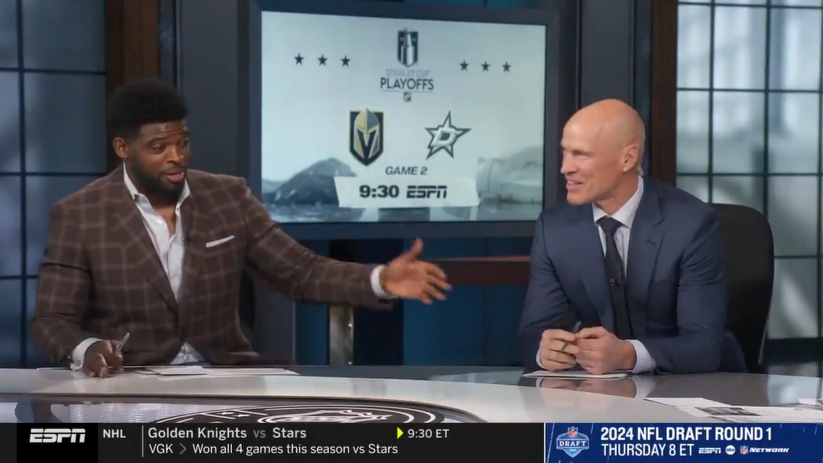It’s one of the greatest frustrations of pay TV, the dreaded cable box. Yes, in order to watch cable or satellite TV, we have to go through the provider to install one of their boxes, and then pay to rent them. It’s one of the reasons why so many Americans have decided cut the cord, get rid of the extra cost of cable and look for other methods to watch television.
Well last week, the Federal Communications Commission voted 3-2 to approve new rules that would open the cable box to competition, to allow third parties to offer boxes that would be compatible with those offered by the cable and satellite providers. This isn’t final yet, but it’s a first step to getting rid of those annoying receivers which can be slow or be just plain outdated in this day and age of fast bandwidth.
It would be like the breakup of AT&T back in the 1980’s which had a nationwide landline monopoly forcing consumers to take phones the company provided. Until the courts stepped in and broke up AT&T into smaller regional companies, people could not own their own landline phone. Now it’s hard to believe that something like that ever took place, but now we can buy our own landline phones or not even have one and depend on mobiles.
This decision would not break up the cable monopolies, but would offer some relief to consumers who hate having to pay for multiple boxes and receivers. Consider how much Americans are paying to rent the boxes that sit on top or below your TV set:
According to a US senate study, subscribers spend an average of $231 a year—or $19.25 a month—just to rent these boxes from their cable companies. That amounts to roughly $20 billion spent on boxes every year.
This is not a cottage industry, but a huge industry that consumers are subsidizing for the cable and satellite providers. They force us to take the box and then make us pay for it. But by allowing other companies to offer their version of the cable box, it could lead to better technology and getting rid of the rental prices.
Last week’s vote will lead to a comment period and then eventually a final vote. FCC Chairman Tom Wheeler assured the cable and satellite providers that third parties would not infringe on their programming agreements and their ads:
“There is nothing in here that allows third parties to disaggregate cable content or sell advertising around it,” he said. “It takes the same system that goes to the cable box today with the same structures and moves it through a different box.”
So, if the FCC approves the proposal, it will still take months for the plan to be implemented, but should the plan go through, it would lift a frustration that has plagued many a pay TV customer experience especially when the box lags. Let’s hope that we can buy our own boxes sooner than later.
[Quartz]








Comments are closed.